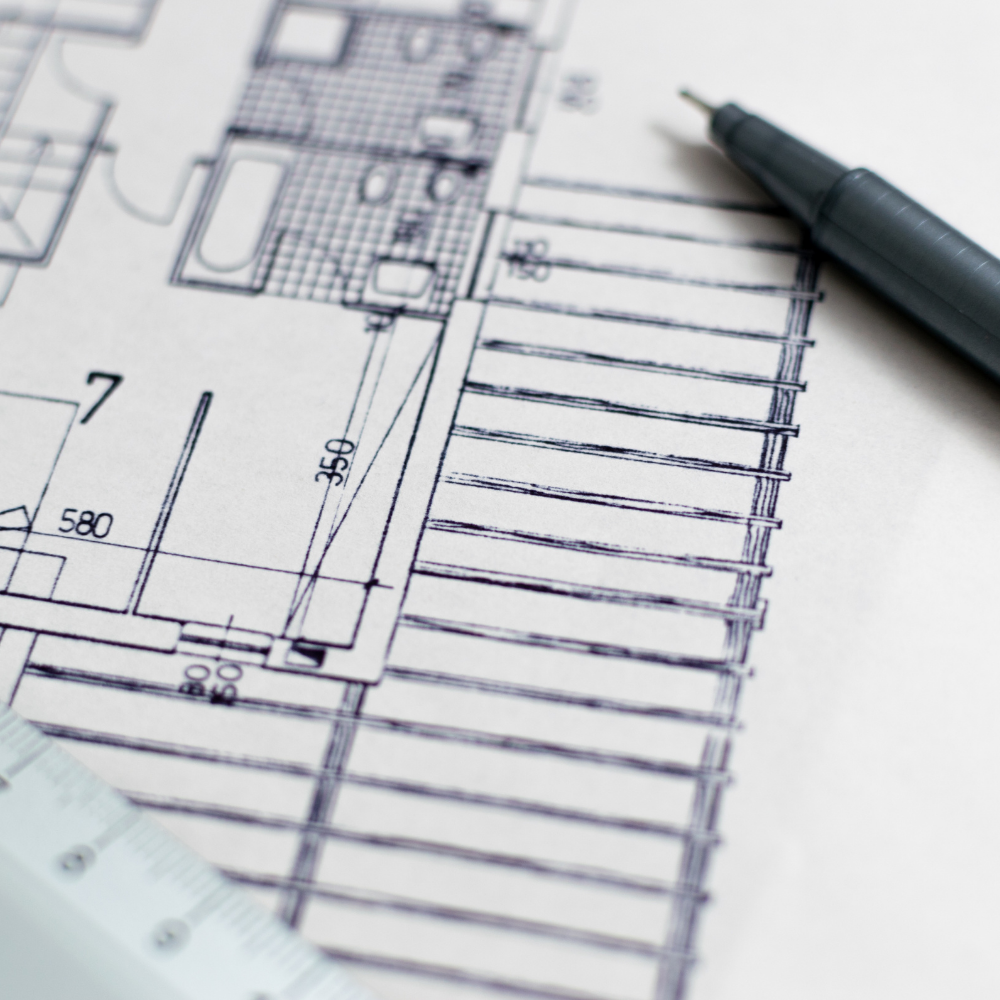
Architectural Design
Architectural design refers to the process of creating plans, drawings, and specifications for the construction of buildings and other structures. It is the art and science of designing and shaping physical environments to meet functional, aesthetic, and technical requirements.
Architectural design encompasses several key aspects:
Functionality: Architectural design focuses on creating spaces that fulfill their intended purpose. It involves analyzing the needs and requirements of the users or occupants and translating them into practical and efficient spatial solutions.
Aesthetics: Architectural design involves the creative and artistic aspects of creating visually appealing structures. It considers elements such as form, proportion, scale, texture, color, and composition to achieve a harmonious and pleasing design aesthetic.
Safety and Structural Integrity: Architectural design takes into account the structural integrity and safety of the building. It ensures that the design complies with building codes, regulations, and industry standards to create a safe and stable structure.
Environmental Considerations: With increasing emphasis on sustainability, architectural design incorporates environmentally friendly practices. This includes energy-efficient design, use of sustainable materials, passive design strategies, and consideration of the building's impact on the surrounding environment.
User Experience: Architectural design focuses on creating spaces that enhance the experience of the users. It considers factors such as human comfort, ergonomics, circulation, accessibility, and the overall user journey within the built environment.
Technical Integration: Architectural design involves the integration of various technical aspects, including structural systems, mechanical, electrical, and plumbing (MEP) systems, and building technology. It ensures that the design can be successfully implemented and meets functional requirements.
Architectural design is typically carried out by architects, who are trained professionals with expertise in creating functional and visually appealing structures. The design process involves conceptualization, schematic design, design development, construction documentation, and coordination with other design professionals and stakeholders.
The goal of architectural design is to create spaces that not only meet the functional needs of the users but also inspire and enrich the human experience. It involves a balance between artistic creativity, technical proficiency, and practical considerations to create buildings that are both visually striking and functional.